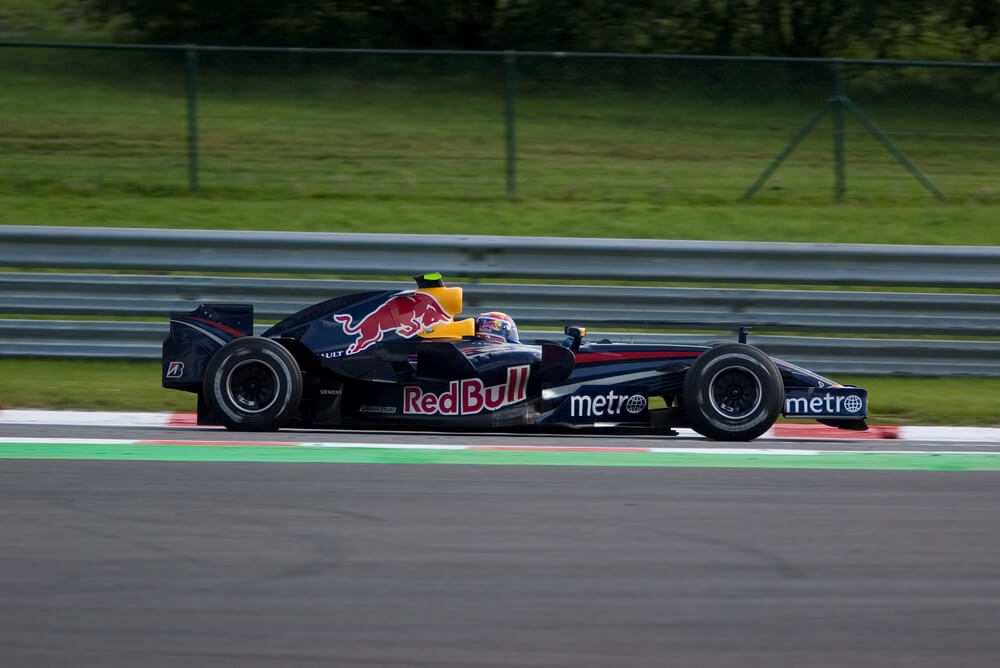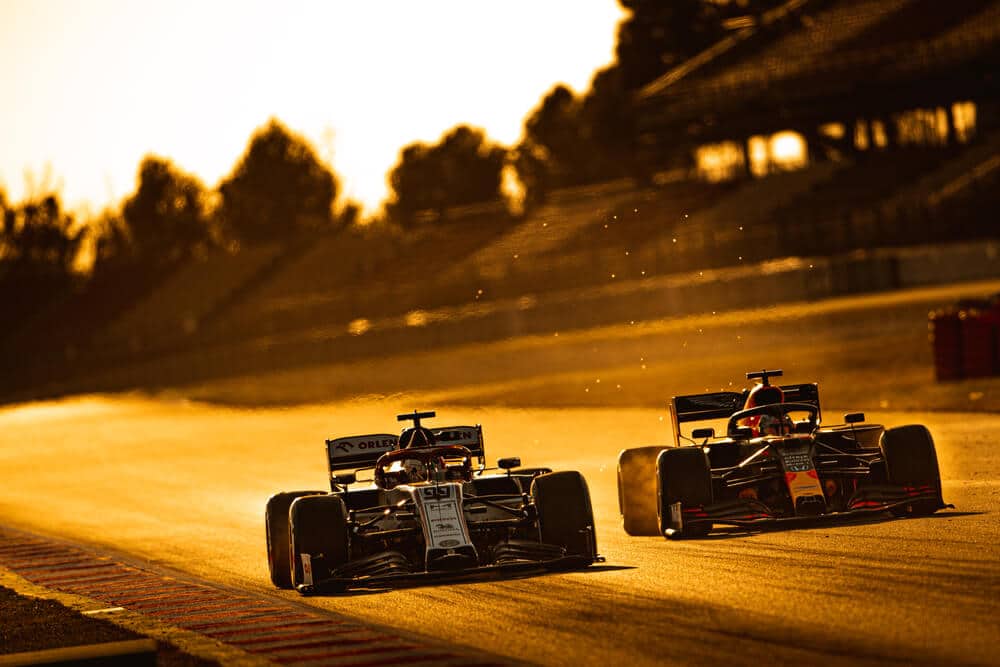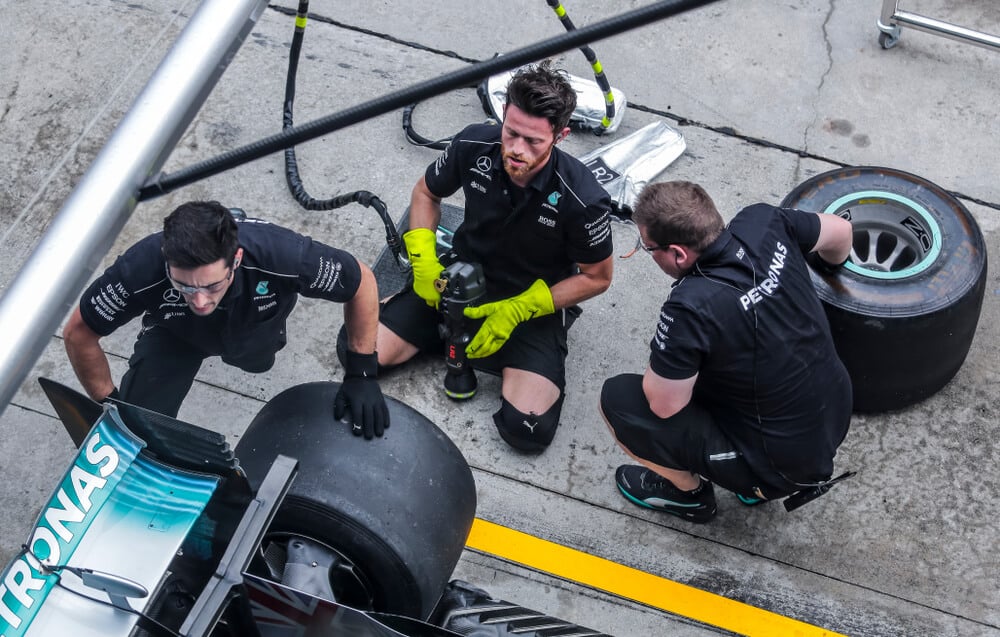Traction control has been a contentious issue in Formula One (F1) for many years. It is a technology that helps the car maintain grip and stability during acceleration by regulating the power delivery to the wheels. In F1, where the cars are incredibly fast and powerful, this technology has been the subject of debate and controversy.
Some teams argue that it gives an unfair advantage, while others see it as a necessary safety feature. Traction control was first introduced in F1 in the 1990s but was subsequently banned in 2008.
Despite this, the technology remains a topic of interest among fans and experts alike. Its impact on the sport continues to be felt. In this article, we will explore the history and significance of traction control in F1. We will examine both its benefits and drawbacks, and consider its future role in the sport.
Key Takeaways
- Traction control is a technology that helps manage the power and grip of a vehicle’s tires during acceleration and cornering.
- It works by reducing engine power or applying the brakes to prevent wheels from spinning or losing traction.
- It can improve vehicle stability, launch performance and tire grip. TC can also have drawbacks such as increased risk of crashes and system malfunction.
- Some racing organizations have regulations regarding the use of traction control. Some banning it altogether and others allowing certain types of systems.
- In some vehicles, TC can be manually turned on or off by the driver, while in others it may be automated.
- Traction control is often used in high-performance vehicles such as sports cars and race cars. It can also be found in many other types of vehicles.
- Traction control is not a substitute for safe driving practices and should not be relied upon as a guarantee of safety.
- Advances in traction control technology continue to be made, with some systems now able to analyze and adjust to road and weather conditions in real time.
Benefits of Traction Control
Traction control has numerous benefits for race cars, particularly in Formula One. By regulating the power delivery to the wheels during acceleration, traction control can significantly improve the stability and grip of the vehicle. It results in better performance and handling. This technology can also enhance the launch performance of the car. Ensuring that it accelerates quickly and efficiently off the start line.
Additionally, TC can increase the overall tire grip of the vehicle. It can also provide better traction in both wet and dry conditions. These benefits can make a significant difference in the performance of a Formula One car. By giving drivers a competitive edge on the track.
Increased Vehicle Stability
One of the primary benefits of traction control is increased vehicle stability. By regulating the power delivery to the wheels, it can help prevent wheelspin and skidding. That’s two things that can cause the car to lose control and spin out. This technology also help drivers maintain control of the car in challenging conditions. I works by distributing power evenly to all wheels. With increased stability, drivers can push their cars to the limit with confidence and knowledge that their vehicle will respond predictably and reliably.
Improved Launch Performance
Another significant benefit of traction control is improved launch performance. By managing the power delivery to the wheels during acceleration. It can prevent wheelspin and ensure that the car accelerates smoothly and efficiently off the start line. This technology can also help prevent engine stall. It will allowe drivers to maximize their acceleration and gain an early advantage over their competitors. With improved launch performance, drivers can establish a strong position early in the race. It’ll give them a better chance of finishing in a top position.
Increased Tire Grip
Finally, traction control can increase the overall tire grip of the vehicle. It provides better traction in both wet and dry conditions. By regulating the power delivery to the wheels, this technology helps prevent wheel spin. It ensures that the tires maintain contact with the track surface. This can result in faster lap times and better handling, as drivers can push their cars to the limit without worrying about losing control. Additionally, increased tire grip can improve overall safety, reducing the risk of accidents and ensuring that drivers can compete at their highest level.
Drawbacks of Traction Control
While traction control has many benefits, it also has some drawbacks that must be considered. One of the primary concerns is the potential for increased risk of crashes. Traction control can give drivers a false sense of security. It can lead them to push their cars beyond their limits and take unnecessary risks.
Additionally, if the system malfunctions or is improperly calibrated, it can cause the car to lose control and result in a crash. Another drawback is the added complexity of the technology, which can make it more difficult and expensive to maintain and repair. Despite these drawbacks, many experts and drivers believe that the benefits of traction control outweigh the risks, and the technology continues to be used in many racing series, including Formula One.
Increased Risk of Crash
One of the significant drawbacks of traction control is the potential for increased risk of crashes. While this technology can help improve vehicle stability and grip, it can also give drivers a false sense of security. It can lead drivers to take risks that they would not otherwise take. Additionally, if the traction control system malfunctions or is improperly calibrated, it can cause the car to lose control and result in a crash.
Furthermore, some argue that traction control can reduce the skill required to drive a race car. Saying it’ll lead to a less competitive and exciting racing experience. Despite these concerns, many racing series continue to use traction control. Some drivers and teams consider it an essential safety feature that can help prevent accidents and injuries.
Potential System Malfunction
Another drawback of traction control is the potential for system malfunction. Like any technology, traction control systems can experience errors, glitches, or malfunctions, which can cause the car to lose control and result in a crash. Additionally, the added complexity of the technology can make it more difficult and expensive to maintain and repair, requiring specialized knowledge and equipment.
Furthermore, some drivers and teams may rely too heavily on the technology, failing to develop their driving skills and instincts, which can lead to poor performance and a lack of competitiveness. Despite these concerns, many experts and drivers believe that the benefits of traction control outweigh the risks, and the technology continues to be used in many racing series, including Formula One.

Current Regulations Regarding Traction Control
In the world of motorsports, traction control has been a controversial topic, with some arguing that it takes away from the skill and challenge of driving a race car. As a result, many racing organizations have implemented regulations regarding the use of traction control. In Formula One, for example, the use of traction control systems was banned in 2008.
The ban was introduced to increase driver skill and improve the spectacle of the racing, as well as to cut costs by reducing the complexity of the cars. The decision was met with mixed reactions from drivers and teams, with some welcoming the change and others criticizing it as an unnecessary restriction.
Allowed Traction Control Systems
Currently, in Formula One, the use of traction control systems is not allowed. This means that drivers must rely on their own skill and experience to manage the power and grip of their cars during acceleration and cornering. While some argue that this makes the racing more exciting and challenging, others point out that it can increase the risk of crashes and injuries.
However, some racing organizations do allow the use of certain types of traction control systems, such as those that are based on the ABS braking system or those that are integrated into the electronic stability control system. These systems are designed to improve safety and performance, while still maintaining the competitive nature of the racing.
Drivers Must Disable Traction Control Manually
In Formula One, drivers are required to manually disable the traction control system before each race. This means that they must physically press a button or switch to turn off the system, rather than relying on an automated process. The decision to require manual disabling was made in order to ensure that the drivers are fully engaged and aware of their car’s performance and behavior during the race.
It also helps to maintain the competitive nature of the racing, as drivers must rely on their own skill and experience to manage the power and grip of their cars. While this may increase the risk of crashes and injuries, it is seen as a necessary measure to ensure that the racing remains exciting and challenging for both drivers and fans alike.
Frequently Asked Questions
Traction control in Formula One is a technology that helps manage the power and grip of a Formula One car’s tires during acceleration and cornering. It works by reducing engine power or applying the brakes to prevent wheels from spinning or losing traction.
The benefits of traction control in Formula One include increased vehicle stability, improved launch performance, and increased tire grip. Traction control can help drivers achieve better lap times and improve overall performance on the track.
The drawbacks of traction control in Formula One include increased risk of crashes and potential system malfunction. Additionally, some argue that the use of traction control takes away from the skill and challenge of driving a Formula One car, and as a result, the technology has been banned in the sport since 2008.
Conclusion
In conclusion, traction control is a valuable technology that helps manage the power and grip of a vehicle’s tires during acceleration and cornering. It can provide benefits such as increased vehicle stability, improved launch performance and increased tire grip. There are also drawbacks such as increased risk of crashes and potential system malfunction.
As a result, some racing organizations have regulations regarding the use of traction control. Some banning it altogether and others allowing certain types of systems. In Formula One, the technology has been banned since 2008 due to concerns about safety and the impact on the skill of the drivers. Advances in traction control technology continue to be made. Some systems now able to analyze and adjust to road and weather conditions in real time. However, it is important to remember that traction control is not a substitute for safe driving practices and should not be relied upon as a guarantee of safety.
Sources
https://www.hitc.com/en-gb/2022/05/06/f1-drivers-traction-control/
https://f1experiences.com/blog/f1-questions-you-always-had-but-were-afraid-to-ask



